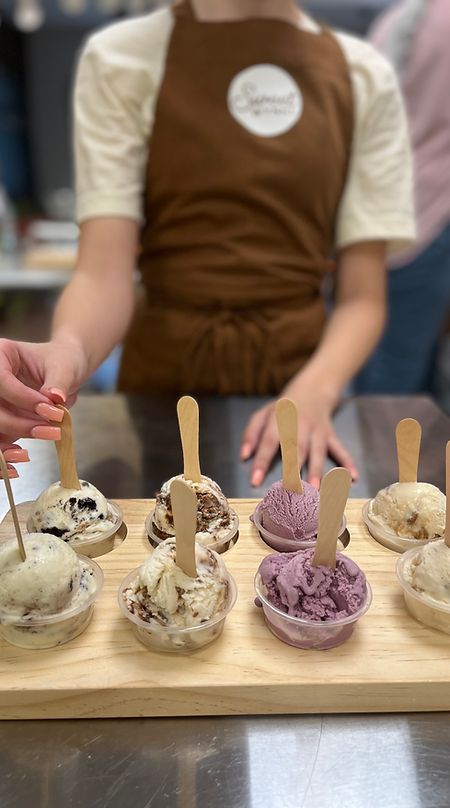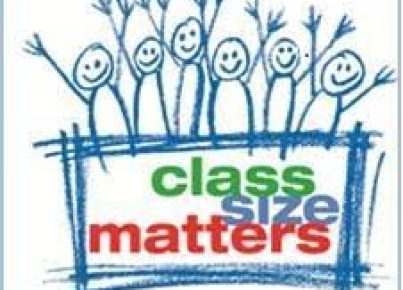Education is a complex, multi-faceted field that requires constant innovation and dedication. And, as author and educational consultant Jamie Vollmer aptly explains, making great students is not as simple as making great ice cream. As the former owner of an award-winning ice cream factory, Vollmer has first-hand experience in understanding ice cream production’s intricacies. However, his transition into the world of education has led him to realize that molding young minds requires a very different approach.
Jamie Vollmer’s journey into the realm of education began after he was invited to serve on his local school board. He quickly noticed that the methods employed by educators didn’t always yield the desired results. This realization pushed Jamie to delve deeper into the workings of educational systems – eventually leading him to develop “The Great Conversation,” an initiative building trust between schools and their communities.
One key insight Vollmer gained from his experience in both industries is that business and education face entirely different challenges and goals. In Vollmer’s words, “In business, you can eliminate your problems by eliminating your problem customers… But you can’t do that in public education.” Public schools must accept every student brought to their doors and strive to provide equitable opportunities for all.
The importance of addressing each student’s unique needs cannot be overstated. While a standardized process works well for manufacturing a product as consistent as ice cream, human beings are decidedly more unpredictable. Factors like individual learning styles, socioeconomic backgrounds, and diverse personal experiences demand a far more nuanced approach when it comes to educators shaping young students’ lives.
Vollmer emphasizes the need for collaboration between all stakeholders in the educational sphere – from teachers to parents, community leaders, and students themselves. By fostering open communication and developing strategies that accommodate each student’s specific needs and strengths, educators can help build a thriving academic environment where everyone can succeed.
Jamie Vollmer’s fascinating outlook on education sheds light on the immense potential that lays within collaborative efforts. Rather than imposing a one-size-fits-all model for learning, educators and community members can join forces to cultivate a successful educational ecosystem that nurtures individual growth and sets the foundation for lifelong success.
In conclusion, Jamie Vollmer’s story serves as a reminder that understanding the crucial differences between standard, process-driven business practices and the ever-evolving world of education is essential. His message is clear: making great students isn’t like making great ice cream. It takes a village to raise a child, and by working hand-in-hand with schools and their communities, we can help create a brighter future for the next generation of learners.





